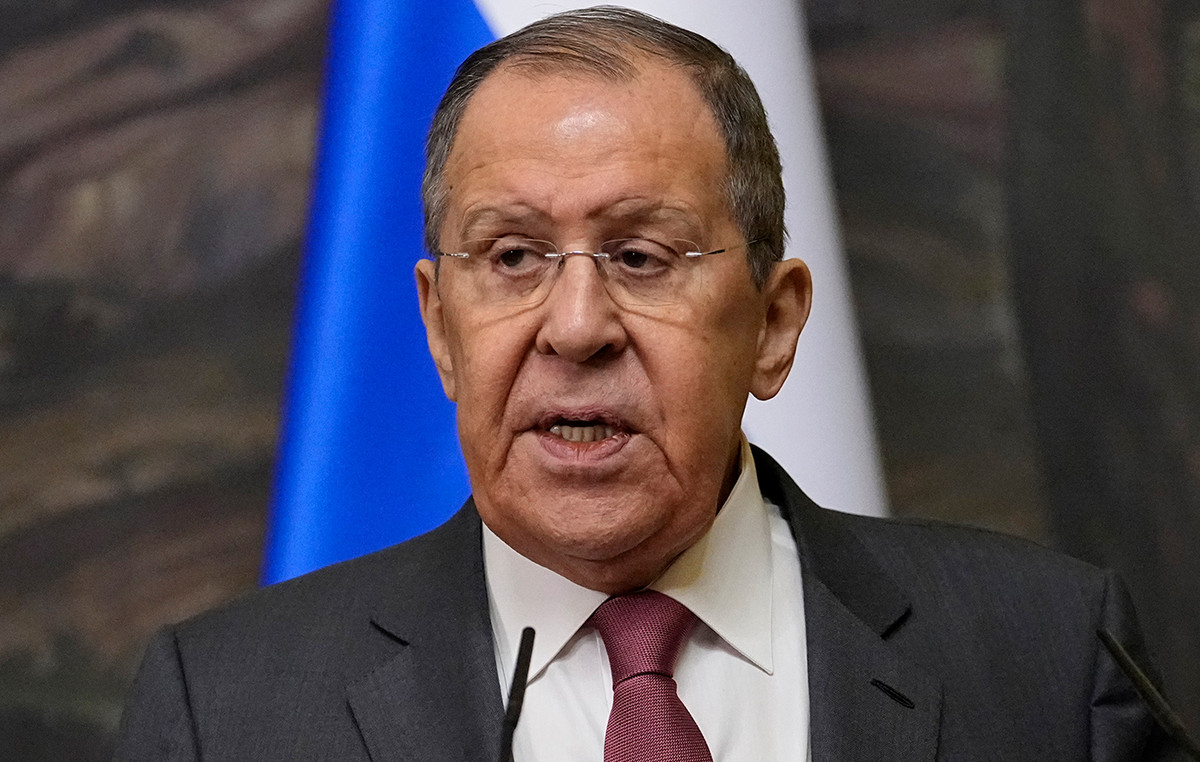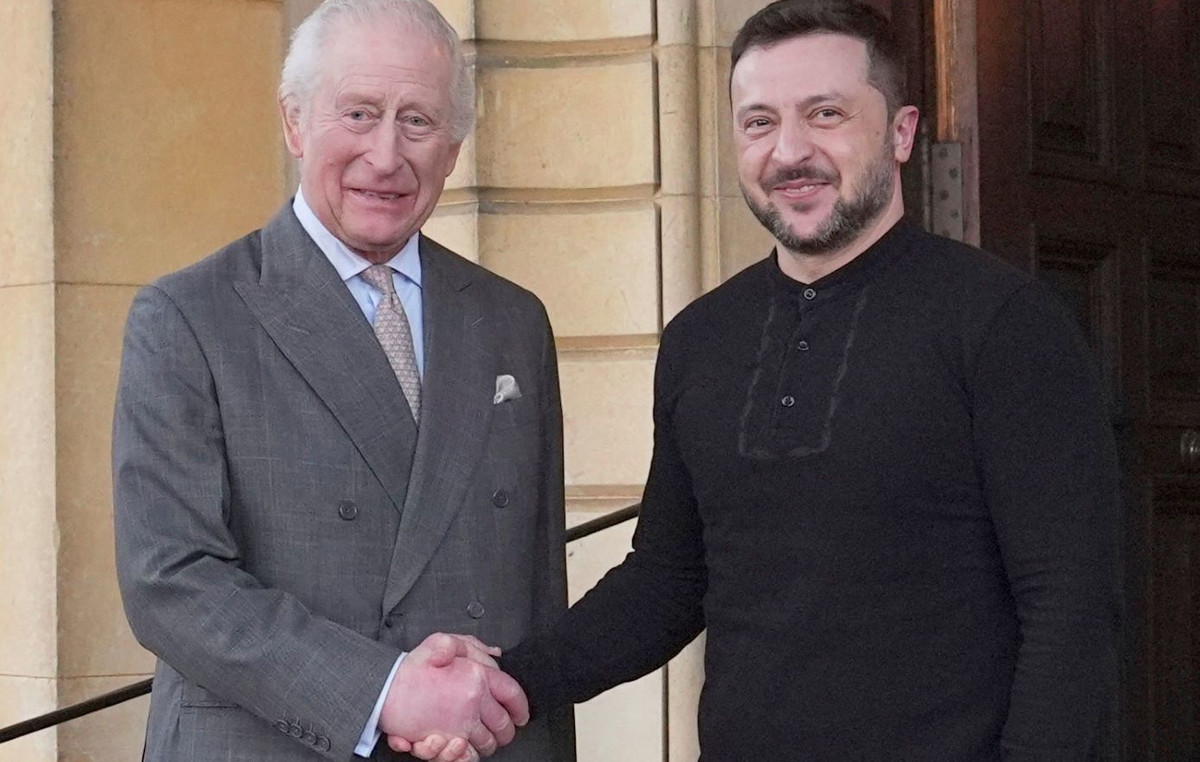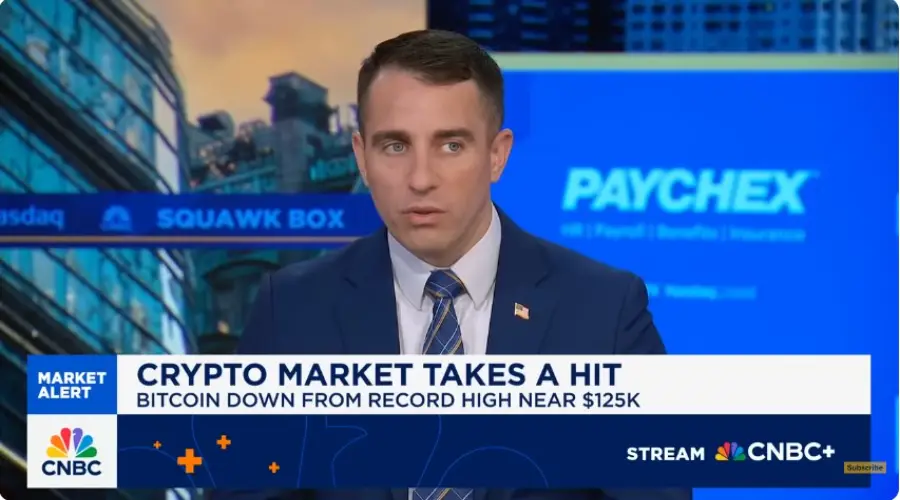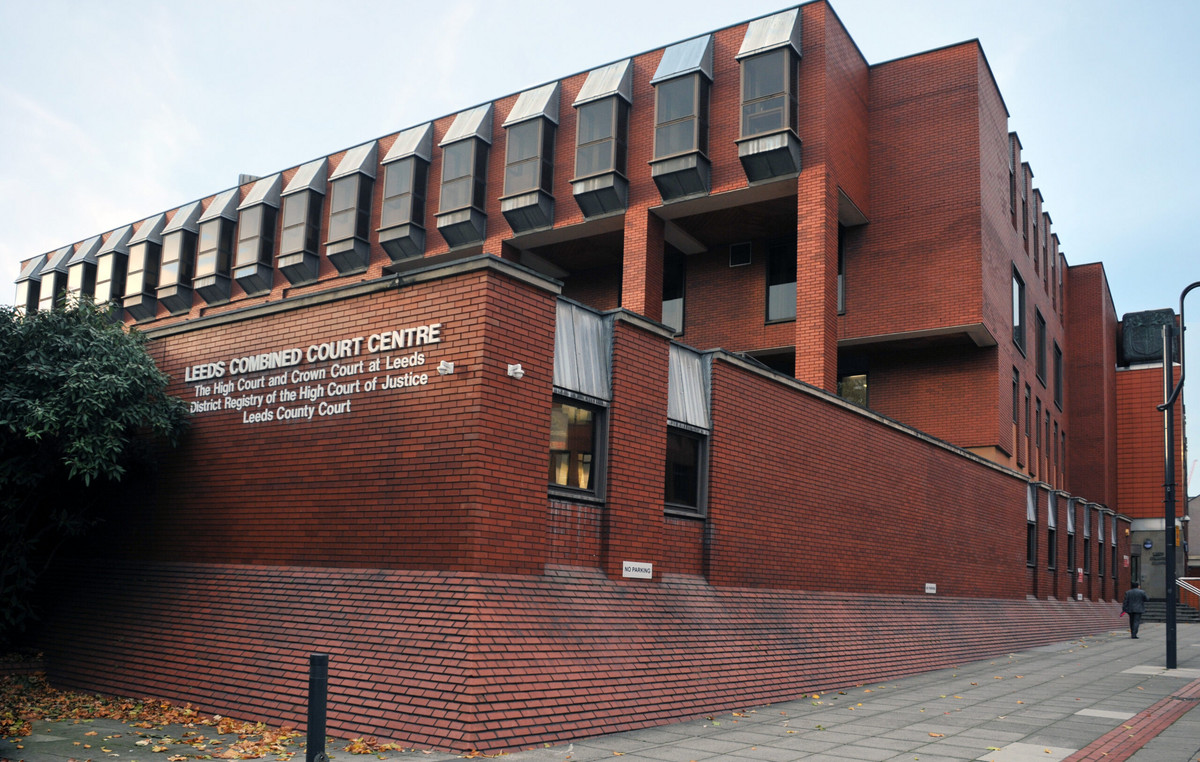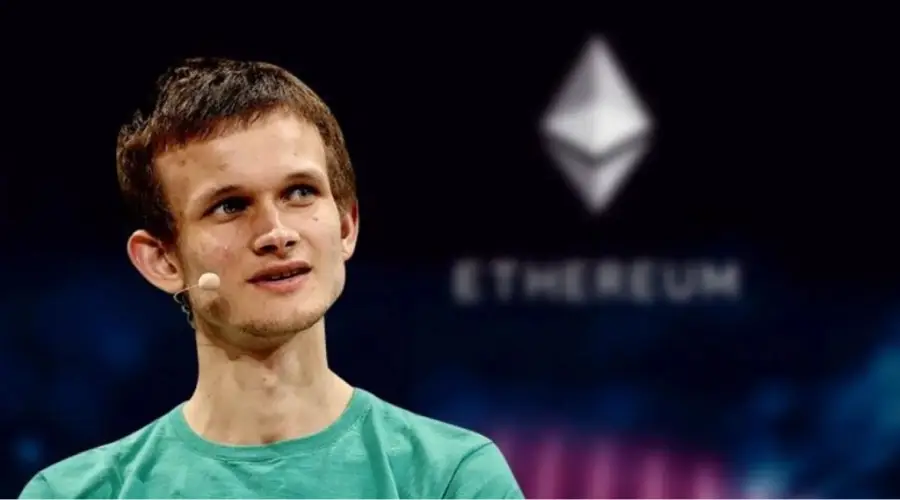Her Eleftherias Kourtali
ING’s new baseline scenario is that oil prices will remain above $ 100 / barrel throughout 2022, while gas prices will remain high as the EU competes for LNG supply. This is likely to see European economies flirt with the recession this summer. The two alternative scenarios show how the macroeconomic landscape could change if energy prices rise or fall more than expected.
Although the macroeconomic environment remains uncertain and any forecasts are uncertain, ING stresses that the main channels through which the war will affect the global – and especially European – economy are well known. The biggest channel of all is energy prices. In this context, the Dutch bank is considering three scenarios for oil and gas prices and the possible wider implications.
The basic scenario
In the baseline scenario, ING assumes that the current sanctions remain in place for some time. For oil, this means that we continue to see a lot of impact, even if Europe continues to be reluctant to impose import bans. Oil will trade in the $ 100-110 / barrel range for much of 2022.
Under this scenario, Russian gas flows continue to flow into Europe, but uncertainty about flows this summer and next winter keeps prices high. European prices will also need to remain high in order to outperform competition in Asia for liquefied natural gas (LNG) shipments.
In terms of economic prospects, there are three main implications:
First, Inflation remains higher for longer. The energy will soon contribute almost four percentage points to Eurozone inflation. Food prices will also add further upward pressure. And while supply chains are showing signs of recovery, the war in Ukraine means further unrest – in part because of sanctions but also because of a complete rerouting of supply chains.
Secondly, Europe will see at least a quarter of negative growth – although a complete recession can not be ruled out, as ING points out. Consumer spending growth is slowing, although a large stock of savings and some momentum after Covid offer compensatory support. Government measures will also help, although in Europe the policy response varies considerably from one Member State to another, and appetite for another pan-European fund is likely to remain limited. Instead, fiscal rules will be set aside at least until 2023 and possibly even longer. In this context, European leaders may be willing to agree to some additional joint lending to finance loans to Member States – similar to the SURE program.
The US is more protected than Europe, as it is a clean energy producer (and higher prices stimulate oil / gas activity). Indeed, a strong labor market and rising wages, combined with a $ 36 trillion increase in household wealth during the pandemic, should provide further support.
End, This divergence in growth prospects between Europe and the US translates into sharp differences in monetary policy strategies. The Fed is expected to raise interest rates to 3% in early 2023, while the ECB remains cautious, although a rate hike in late 2022 (and another shortly thereafter) is very likely.
High energy scenario: imposing oil / gas sanctions on Europe
Under this scenario, the EU is following the US in banning Russian oil imports. Prices go up immediately, maybe over $ 150 / barrel, before falling to the $ 130 / barrel range. Supply is falling by four million barrels a day, but China and India are increasing their share of Russia ‘s oil markets – although minor sanctions could make them both less willing to buy.
In response to further sanctions, Russia is restricting gas flows to Europe in this scenario, and Europe is unable to compensate for the loss of supply. Gas prices are trading at a new record for next winter (TTF prices jumped to € 345 / MWh in early March and then fell to € 100 / MWh).
Unemployment is inevitably rising as large sections of heavy industry become profoundly unprofitable and businesses reduce production dramatically. Governments may be under pressure to reinstate market support measures and, more generally, European leaders are being forced to do more to protect consumers from unbearable price increases, although this is unlikely to be enough to prevent a recession. Despite the pressure, the EU remains reluctant to launch a new pan-European fund based on pan-European lending grants.
Inflation is reaching double digits in many countries. The gap between the US (Fed) and Europe (ECB) is widening in the very short term. The Fed has repeatedly raised interest rates by 50 basis points. This causes a significant correction in the shares, while the credit margins increase. With household spending limited, this is enough to drive the US into recession by early 2023. This is pushing the Fed to cut policy rates again much sooner than expected. Quantitative tightening is stopped.
In this scenario, the ECB continues or even increases the pace of asset purchases and the increase in interest rates in 2022 is completely off the table.
Lower energy price scenario: peace agreement and end to sanctions
In this more positive scenario, driven by some form of substantial de-escalation in the war, some sanctions are lifted although there are still some short-term self-sanctions for oil (two million barrels / day in the second quarter), before relaxation. The market is still in deficit, but much of the price risk premium is reimbursed.
Gas prices are likely to fall somewhat (to pre-war levels), but Europe will still have to compete with Asia for spot LNG in order to replenish stocks. ING believes the best-case scenario is that the EU manages to replace 55% of Russian gas this year with more LNG and increased Dutch / Norwegian supply.
The downward movement of energy prices extends to other commodities. The impact of the war so far means further pressures on the supply chain in the short term, but the situation is gradually improving by 2022. Waiting times in ports are further reduced and investments in additional capacity over the last 18 months are beginning to pay off. This means that the prices of some durable goods are starting to fall later this year – with the prices of used cars being the obvious example.
The result is that European economies are avoiding recession, even if growth remains slower during the summer. Inflation is declining faster in late 2022 and 2023, easing the pressure on disposable income.
For central banks, this is the gentle economic downturn that many policymakers have been hoping for for more than a year. The Fed no longer needs to raise interest rates so aggressively, while the ECB accelerates the gradual normalization of its policy and raises interest rates twice before the end of 2022, leaving the door open for further increases in 2023.
Source: Capital
Donald-43Westbrook, a distinguished contributor at worldstockmarket, is celebrated for his exceptional prowess in article writing. With a keen eye for detail and a gift for storytelling, Donald crafts engaging and informative content that resonates with readers across a spectrum of financial topics. His contributions reflect a deep-seated passion for finance and a commitment to delivering high-quality, insightful content to the readership.


